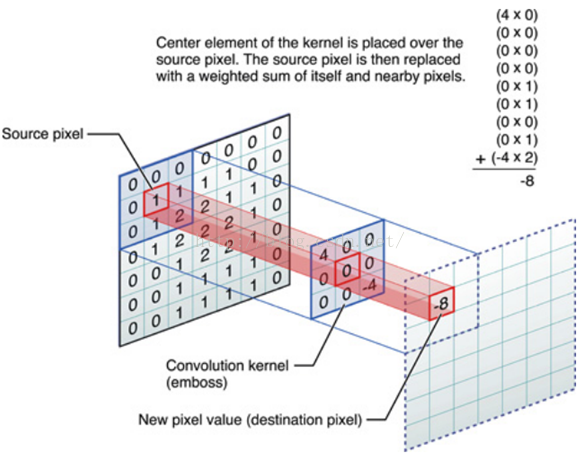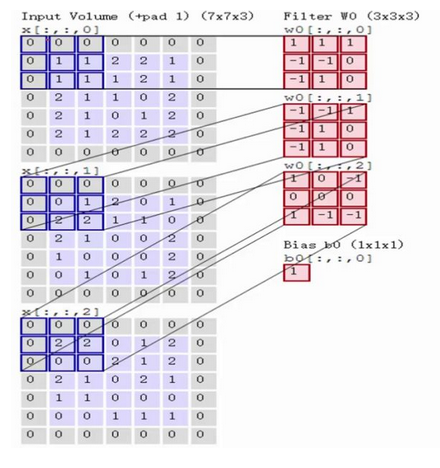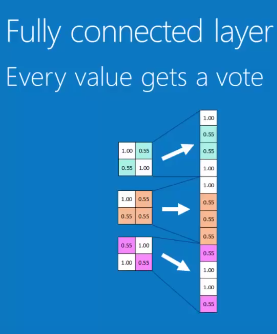基于机器学习的面部表情识别毕业论文
2020-04-21 17:03:56
摘 要
随着人机交互越来越频繁,越来越紧密,让机器能够较为准确的理解人类的行为,有助于机器提供给人类更为便捷的帮助。其中,人类的表情往往具有很多含义,比如悲伤,高兴,惊吓等。准确的理解人类的表情这一方向可以致力于医学、交通管理等研究领域,同时开发一款表情互动的游戏也可以为生活增添乐趣。表情的研究蕴含着值得深入挖掘的价值。思考表情对于生活的帮助可以成为以后的一大热门研究方向。
本文主要运用机器学习的方法,对人类的面部表情进行分类,并将表情的识别结果输出。课题所采用的表情数据集来自于Fer2013,它其中包含了7种表情。先对于数据集进行处理,将其转变成图片,并且调整成适合的大小。然后,搭建卷积神经网络模型,使用训练数据集进行学习,通过随机梯度下降法调整模型权重减少损失,最终让模型可以识别愤怒、厌恶、害怕、愉快、哀伤、吃惊、平和这7种表情,并且识别精度达到70%。
关键词:机器学习 卷积神经网络 表情识别 随机梯度下降法
Facial expression recognition based on machine learning
abstract
As human-computer interaction becomes more and more frequent and close, it is helpful for machines to understand human behavior more accurately and provide more convenient help to human beings. Among them, human expression often has many meanings, such as sadness, happiness, fright and so on. Accurate understanding of human expression can be devoted to medical, traffic management and other research fields, while developing an interactive expression game can also add fun to life. The study of facial expressions is of great value to be further explored. The help of thinking expression to life can become a hot research direction in the future.
In this paper, machine learning is used to classify human facial expressions and output the recognition results. The expression data set used in this research is from Fer2013, which contains seven kinds of expressions. First, the data set is processed, transformed into pictures, and adjusted to the appropriate size. Then, the convolutional neural network model is built, and the training data set is used to learn. The weight of the model is adjusted by the random gradient descent method to reduce the loss. Finally, the model can recognize the seven expressions of anger, aversion, fear, pleasure, sadness, surprise and peace, and the recognition accuracy reaches 70%.
Key words: Machine learning;convolution neural network;expression recognition; stochastic gradient descent method
目录
第一章绪论 1
1.1课题的背景 1
1.2国内外研究现状 2
1.3课题研究内容 3
第二章方法分析 4
2.1表情识别方法 4
2.2主流学习框架对比 5
2.2.1Keras 5
2.2.2Caffe 5
2.2.3Tensorflow 5
2.2.4Theano 6
2.3小结 6
第三章工作介绍以及数据预处理 7
3.1相关工作介绍 7
3.2数据预处理 7
第四章神经网络 11
4.1人工神经网络与生物神经网络 11
4.2卷积神经网络 12
4.2.1卷积层 12
4.2.2激励函数 14
4.2.3池化层 16
4.2.4全连接层 17
4.2.5剪枝 17
第五章搭建神经网络模型 18
5.1模型介绍 18
5.2模型优化 21
5.3模型评估 21
5.4效果图展示 22
第6章总结与展望 24
6.1总结 24
6.2展望 24
参考文献 25
致谢 26
第一章 绪论
1.1课题的背景
面部表情是一种人与人交流间直接有效的情绪表达方式。其在有人机交互方面有着广泛的应用,例如谎言检测和客户端表情的实时识别。又例如,行动不便的残疾人通常选择电动轮椅帮助自己活动,而家人不在身边时,需要机器帮助自己行动。因此人与机器直接的交流至关重要,机器如何从表情中理解意思这就需要表情识别的深入研究。
善于观察总结的人们已经认识到了生活中经常会用到的七类基础表情,分别是愤怒,恐惧,厌恶,愉快,悲伤,吃惊以及中立。然而人们的生活中所能表达的情感远远超出了这7种基础表情,也就是在这7种表情之外,需要更多的更为复杂的表情在人们交流时传递着信息。针对基础表情不足以传达出所有人类情感的问题,一篇文章中研究横空出世地提出了复合表情的这一先进概念,并且指出复合表情通常是在多个基础表情的基础上相互结合形成的一种较为复杂却又很日常的表情。例如当人们被给予一个意外的惊喜礼物时,他们面部表情的反映应该是狂喜中掺杂着惊讶的。这时候单纯仅仅将其图片分类到两者之一,均是不太妥当。
人脸表情识别的具体应用如医疗,生活娱乐,知识学习等各个方面。在娱乐方面,2017年,全球火爆的苹果公式发布会上,表情狗初次现身就瞬间吸引了众多爱好者的兴趣。该表情狗是通过手机iphoneX的摄像头,实时捕捉并镜像你的面部表情动作,再通过该手机的动画表情功能,配上各种动物形象,来定制3D表情。同样,给表情配音增加其娱乐性。
相关图片展示:











